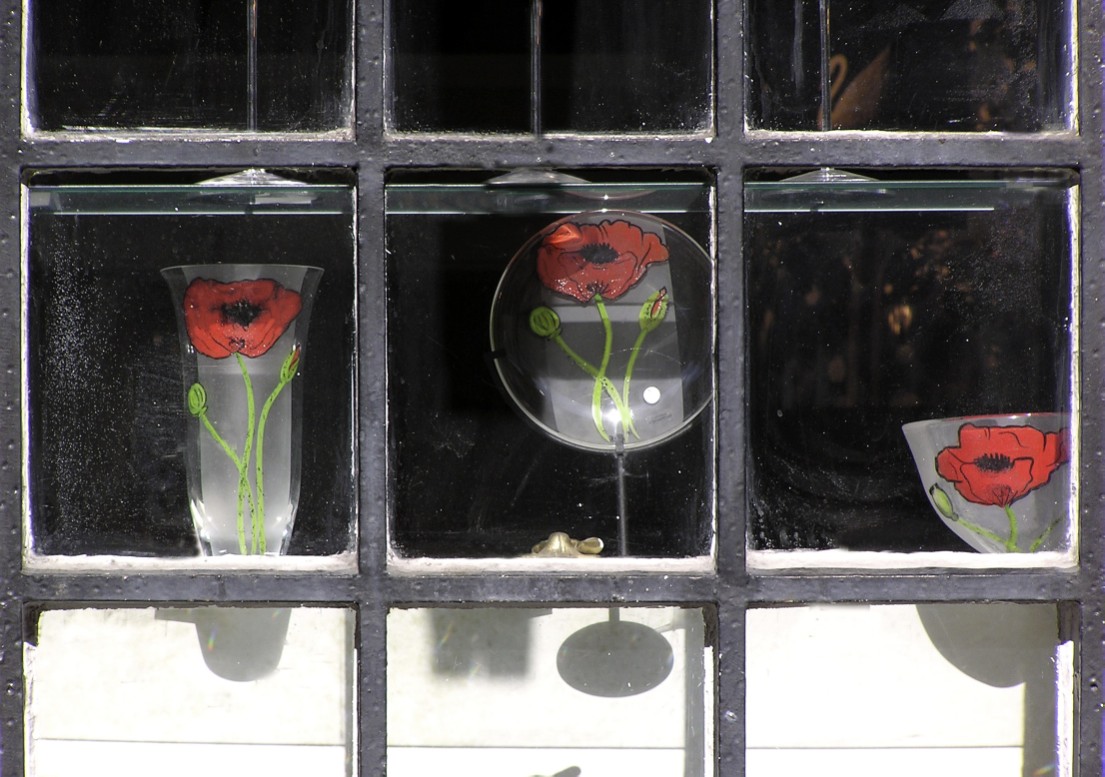
If “self” holds any meaning as a social construction, this meaning is based in our sustained (and sustaining) narrative about “self.” This, in turn, brings us directly to Quad One of the Johari Window—for it is in Quad One that we hold our personal narrative. We may not always share this narrative with other people (meaning that we assign it to Quad Three—our private self—in the case of some relationships). However, it is only a narrative (with a story line, a beginning and temporary end, a lesson to be learned) because it might be told. And only in rare cases will none of it ever be shared with another person.
Furthermore, this is the part of our social construction that is unique to each person. Ironically, one’s personal narrative is also quite vulnerable to the general social constructions of one’s society—such constructions as the values assigned to certain aspects of self (the “good” parts of me, the “weak” parts of me, the “small” parts of me, the “active” parts of me, and so forth), the lessons to be learned from my life experiences (“that’s what happens when you tell a lie,” “that’s what happens when you stand up for your principles”), and the parts of one’s personal narrative that have been borrowed (often uncritically) from other people (especially one’s parents).
Implications and Applications:
What to Do About Quad One
In tracing out the implications regarding what we have said about Quadrant One in the last few essays, I return to the issue of trust—all three kinds. We establish a successful and enriching relationship with another person—and an engaged and nurtured Quad One—when we agree about the norms and values of our relationship (third stage in the relationship development model). We share a perspective about our relationship—this represents one type of mutual trust. We agree upon those aspects of our selves that are relevant to our relationship (the selective self)—they are manifest in our ongoing relationship and neither of us attempts to hide these aspects of self. We agree what things mean in our relationship. We also clear away the debris in our relationship through the movement of appropriate information from our second and third quadrants into Quad One. This establishes a second type of mutual trust: trust in intentions.







